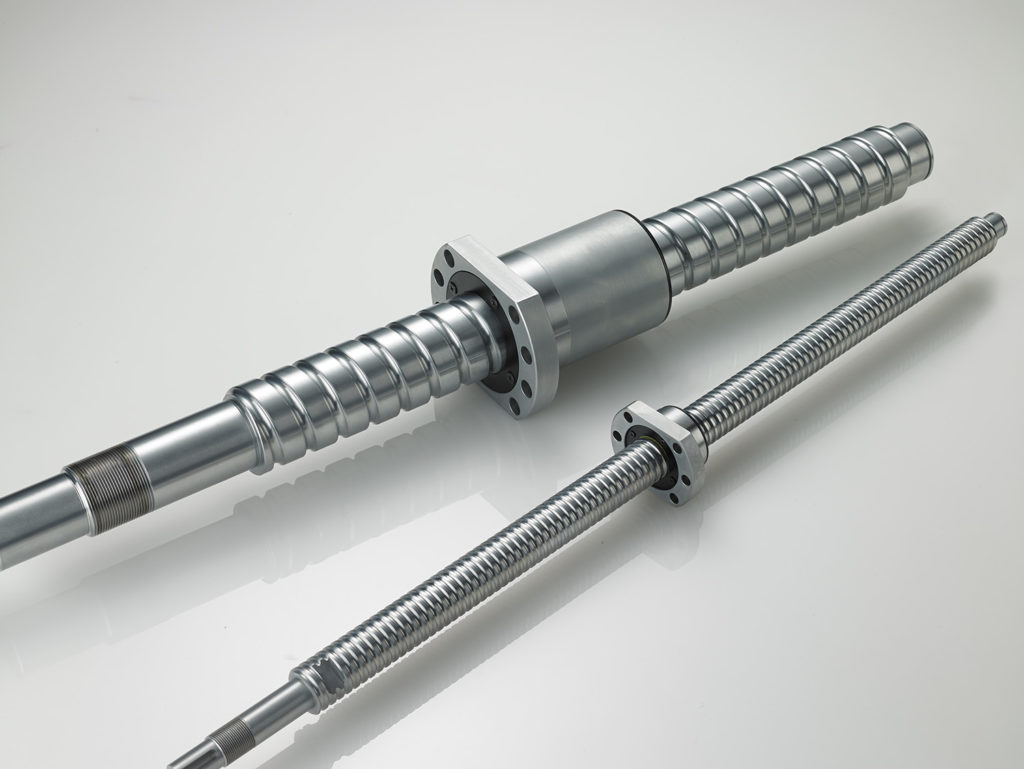In the vast landscape of manufacturing methodologies, one process stands out for its versatility, efficiency, and innovation: Rotomolding. As industries strive for excellence in product quality and production sustainability, the realm of rotational molding emerges as a beacon of promise, revolutionizing the very essence of manufacturing.
A Journey into Rotomolding: Pioneering Innovation
At its core, rotomolding is a manufacturing technique that entails the rotation of a hollow mold, filled with powdered resin, within an oven. Through a meticulous process of heating, melting, and cooling, the mold gradually forms a seamless, durable product. Originally conceived in the 1940s, this technique has undergone significant evolution, propelled by advancements in materials science, automation, and design engineering.
Unleashing Creative Possibilities: Design Freedom and Customization
One of the most compelling aspects of rotomolding is its unparalleled design flexibility. Unlike traditional molding methods, such as injection molding, it enables the creation of complex, intricate shapes with ease. This freedom empowers designers and engineers to unleash their creativity, pushing the boundaries of conventional manufacturing and bringing unprecedented innovation to fruition.
Sustainability at its Core: Environmental Benefits
In an era defined by environmental consciousness, rotomolding emerges as a sustainable manufacturing solution. Unlike processes that generate excess material waste, such as machining or casting, it optimizes material usage, minimizing environmental impact. Furthermore, the recyclability of polyethene, the primary material used in it, ensures a closed-loop system that aligns with the principles of the circular economy.
Efficiency Redefined: Streamlining Production
Beyond its creative potential and environmental advantages, rotomolding offers unparalleled efficiency in production. With advancements in automation and process optimization, manufacturers can achieve high throughput rates while maintaining superior product quality. This efficiency translates into cost savings, shorter lead times, and increased competitiveness in today’s dynamic market landscape.
Embracing the Future: The Evolution Continues
As we embark on a journey towards a more sustainable, efficient, and innovative future, the role of Rotational Molding in manufacturing cannot be overstated. With its ability to revolutionize design, enhance sustainability, and streamline production, it stands as a testament to human ingenuity and technological advancement. As we continue to push the boundaries of what’s possible, one thing remains certain: the evolution of rotomolding is far from over.
In conclusion, as industries across the globe embrace the transformative power of rotomolding, we stand on the precipice of a new era in manufacturing—one defined by creativity, sustainability, and efficiency. With each revolution of the mold, we inch closer to a future where anything is possible.





